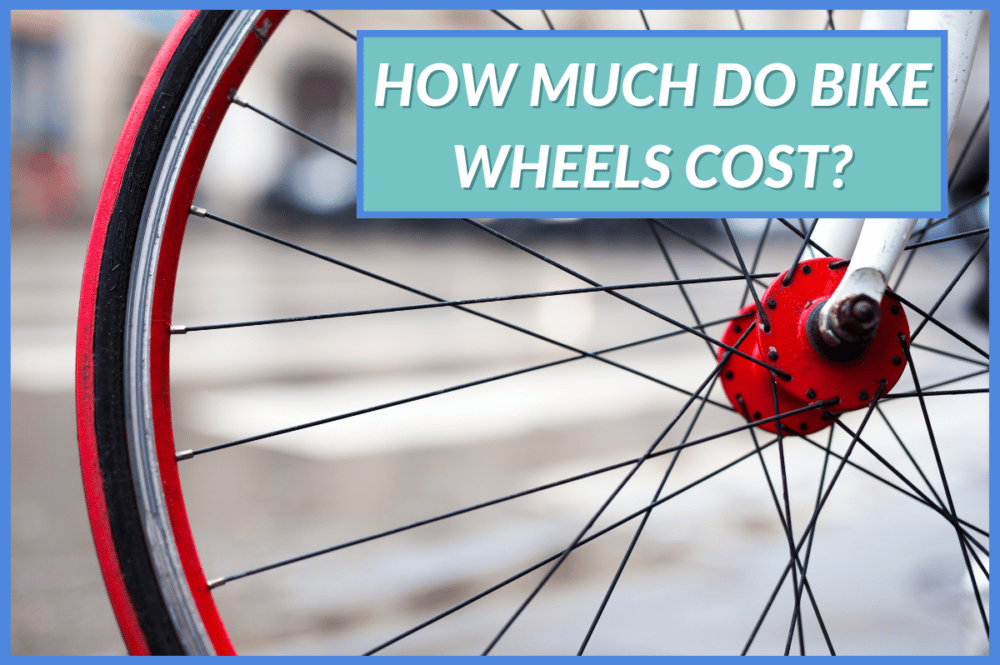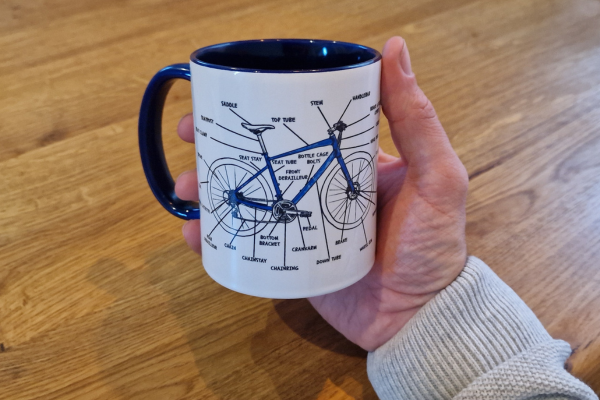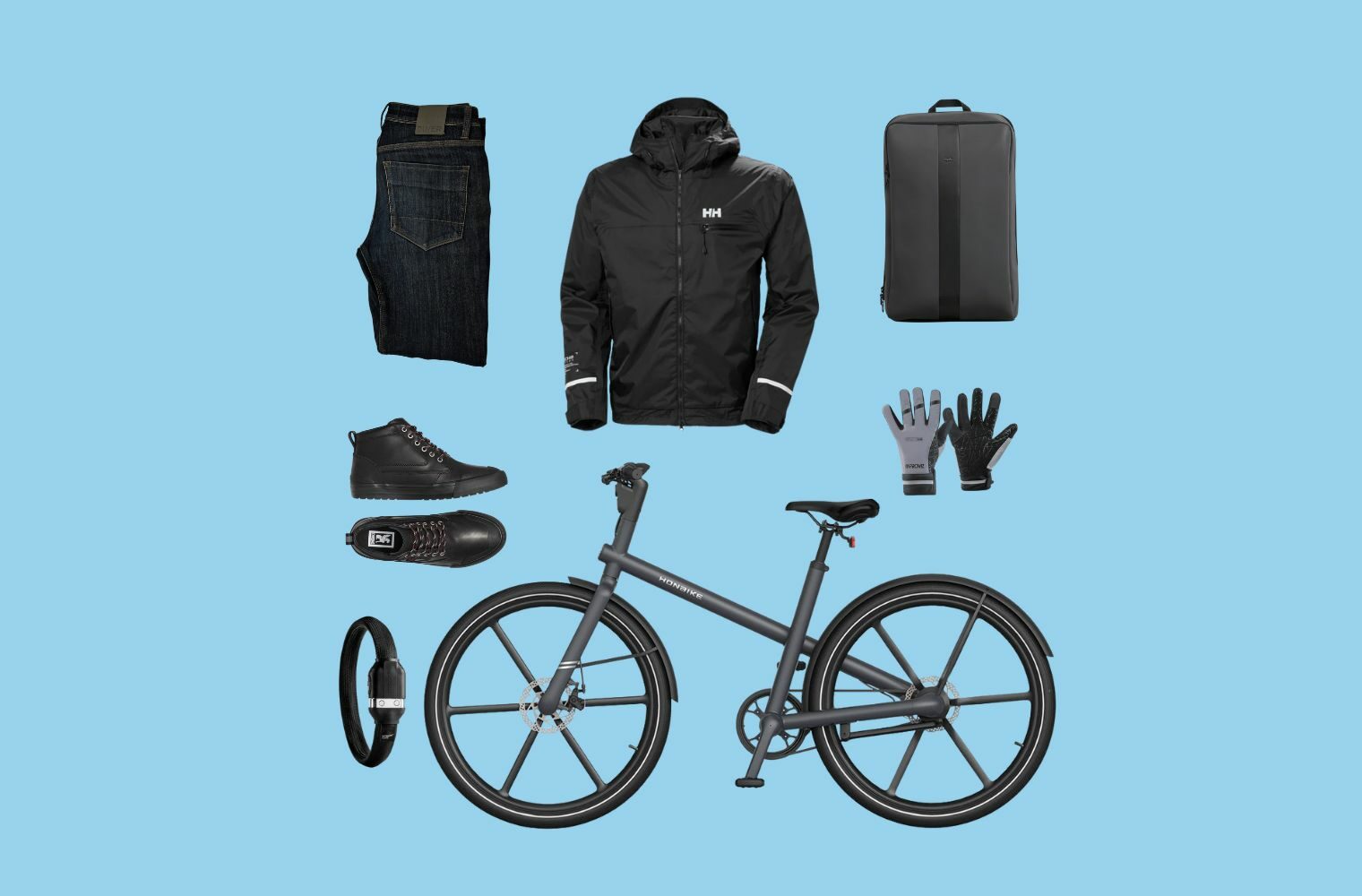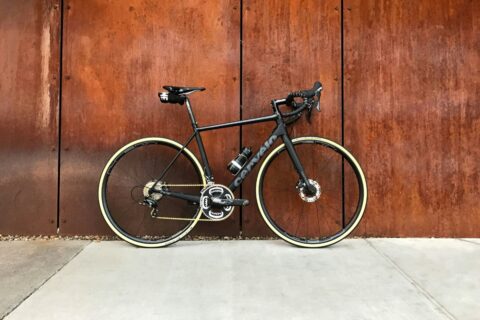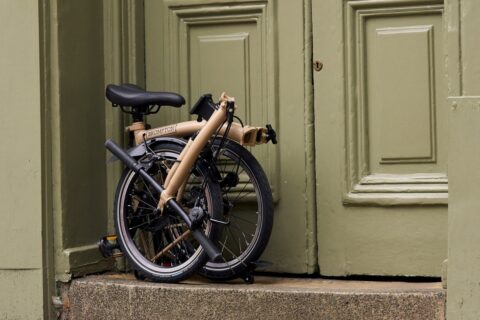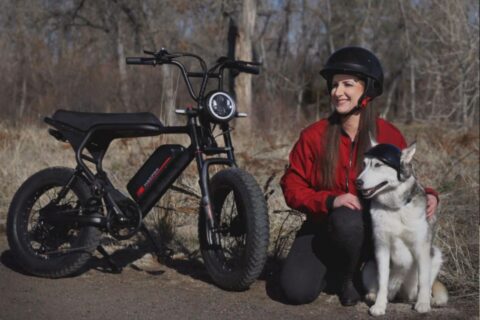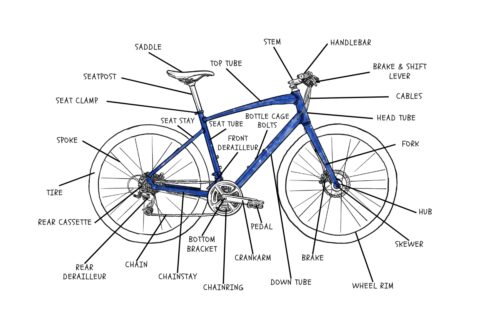This post may contain affiliate links, which help to keep Discerning Cyclist rolling. Learn more.
The Short Answer
Bike wheels vary in cost, with budget options starting around £55/$65 each and high-end artisan wheels priced at around £3,000/$3,548 per pair. Fixing a buckled wheel can cost around £10/$12 (homemade jig) or £15/$18 per wheel (bike shop). Truing a wheel can cost around £30/$35 per wheel at a bike shop.
Bicycle wheels must be robust and tolerant. Their cost fluctuates from the cheap, to the equivalent of a second hand car. They’re responsible for acceleration, stability, ride comfort and braking. These rotating rims are mass-produced or luxuriously created by artisans with loyal customers.
Wheel technology has developed significantly over the years. Science and design have brought safety improvements. We’re much more balanced and aerodynamic on our bicycles than we were in the days of the Penny Farthing!

How Long Do Bike Wheels Last?
Bike wheels do not have a universal shelf-life. With a good maintenance programme they can last many years. They’re not one solid piece of engineering. Bike wheels are made up of many component parts, and some of these need more TLC than others. Regular repair and servicing will ensure a long life.
The braking surface, type of brake (disc versus rim), riding conditions, and servicing all play a part in the lifespan of bike wheels, and all of these rely on the quality of the wheel build and the components used.
The most expensive part of any wheel should be the rim on the outer circumference, which on a commuter’s bicycle with disc brakes under normal loads, should last for around 20,000 kilometres as a minimum.
Another key factor in wheel lifespan is the type and quality of tyre that you house around the edge of it. There are three main types which start with the traditional clincher version which holds an inner tube. More frequently, tubeless tyres (we look at them here) are found on bicycles and they can offer a more comfortable ride. At the top end of the sporting spectrum you will find tubular tyres – a kind of combination of inner tube and tyre stitched together then glued to the wheel.
Keeping your tyres inflated to the manufacturer’s recommended pressure and regular checking will ensure your wheels live a healthier life. Bicycle wheels are not regularly recycled due to their wear and tear although I’m sure the metal can be melted down. We look at recycling bicycle parts here.
How Do You Know if a Bike Wheel is Worn Out?
If your bicycle uses rim brakes, you should be able to see when a wheel needs replacing. A lot of rims have a groove or a hole on their outer edge which wears and eventually disappears to tell you it needs replacing. You do not need to check for rim wear with disc brakes.
Keeping your wheels and braking surfaces clean will prolong the wear of the wheel. The action of a rim brake on an aluminium surface shaves some compound off the brake block and also a little of the material from the rim itself.
If you’re lucky enough to have carbon wheels you’re not likely to find a wear indicator, and these are a bit more resilient. The surface sometimes curves inwards, and the special braking surface could wear and expose the carbon fibre itself. That is very rare though.
Disc brakes have taken a lot of pressure off the wheel surface, as the braking is now achieved via a rotor which sits in the middle section and is repairable/replaceable in its own right.
Telltale signs of a worn out rotor is a marked and cut metal surface, squeaking brakes and a decreasing braking performance. However, in a lot of cases, you may just need to replace the brake pads, which are designed to wear down, like their rim brake cousins.
Bicycle Wheel Maintenance
Some of the pieces of a bicycle wheel are obviously exposed to the elements and riding conditions. Some are kept away from the elements and lubricated to help the wheel to turn.
A central hub containing bearings and lubrication keeps the wheel spinning. Hubs contain a lot of nuts and bolts and have spawned variations from their original designs. Some hubs are sealed and do not allow access.

Hubs do not require regular care by the rider and should last a long time. Checking them usually involves letting your wheel spin to a stop. The valve of your tyre should rotate to the 6 o’clock position. Moving the wheel from side-to-side checks for bearing ‘play’.
Any movement or wobble usually means loose or worn out bearings. Your wheel should rotate smoothly and avoid any metal on metal contact.
Servicing is simply vital to a well running wheel. A hub service which will cost between £18/$21 and £24/$28. It is considered one of the more specialist tasks and often left to a good professional mechanic with the right tools.
Connecting the hub to the rim are thin metal spokes which transfer the load caused by the rider’s pedal power and the weight of the bike between them. A lot of force is applied through them as they stretch and compress with each turn of the wheels.
Spokes do loosen in their housing over time through use and therefore can need minor tightening adjustments to all of them in order to get them back to their normal position. This is known as ‘truing’ and keeps the wheel optimally round.
In addition, the spoke absorbs bumps and so are susceptible to more severe bending. This is more commonly known as ‘buckling’. The symptoms are that when you look directly down onto a rotating wheel you see a sideways kink or wobble, or the wheel comes to a stop quickly because the brake pads rub on the buckled section.
Truing and unbuckling are almost the same thing although unbuckling is more of an urgent remedy than truing.
How to True a Bicycle Wheel
Trueness improves the straightness and roundness of the wheel. Tightening the spokes gradually pulls the rim from both the left and right side plus it changes the rigidity of each spoke. Making these minor changes alters the trueness of the wheel.
Bike wheels may need radial and/or lateral truing. The best way to do this is via a £100/$118 wheel jig and some tools which should not set you back more than £10/$12.
You slot the wheel in and there are movable guides to give you assistance in getting the wheel straight again. Home-made versions of the jig can be made using the bike’s frame, a pen and some tape.
How to Unbuckle a Bicycle Wheel
Unbuckling a wheel is carried out using the same jig and tools to deal with the more serious wobbles and kinks we mentioned. It’s normally only one or two spokes which need correction once they’ve been easily identified. Most will carry out a full truing at the same time since the set-up is the same.
However, a common problem with doing this is ‘chasing the buckle’ around the wheel which means constant fine tuning maintains the problem, just in a different area.
How Do You Know if a Bike Wheel Needs to Be Replaced?
After looking into normal wear, it’s vital to look out for other areas which could compromise the performance of the wheel. These are more likely to be remedial issues that cannot be repaired. These are usually cracks or dents to the rim, especially around the surface.
Check how your tyre is seated on the rim. This should always be even and uniform around the whole wheel. It’s also worth removing the wheel and rolling the axle (just outside the outer of the hub). If it does not roll smoothly and freely, a replacement might be needed. Replacement wheels are most likely to be a last resort if you deal with repairs quickly and consider a regular service.
Replacing bike wheels is required less frequently than another moving part, the bike chain, which we look at in more detail here.
How Much Do Bike Wheels Cost?
Because of the components and labour needed to make wheels, they will be one of the most expensive parts to replace. Even factory made wheels can be costly depending on the materials used. Budget wheels will start at around £55/$65 each and artisan wheels can cost around £3,000/$3,548 a pair.
How Much Does it Cost to Fix a Buckled Bike Wheel?
If you buy the necessary equipment at around £110/$130 for the jig and spoke key, your only other cost is labour. A buckle to a specific area should only take around ten minutes, so adding £10/$12 makes £120/$142. Using a home made jig brings the cost down significantly to around £10/£12.
Your bike shop can do this, for around £15/$18 per wheel.
How Much Does it Cost to True a Bike Wheel?
You need the same equipment for truing as for unbuckling. So £110/$130 for the jig and the spoke key. The labour cost will be more as you are adjusting the tension on more spokes so it will take longer. £135/$160. Using the home made jig brings the cost down significantly to around £10 / $12.
A local bike shop can do this for you for around £30/$35 per wheel.

